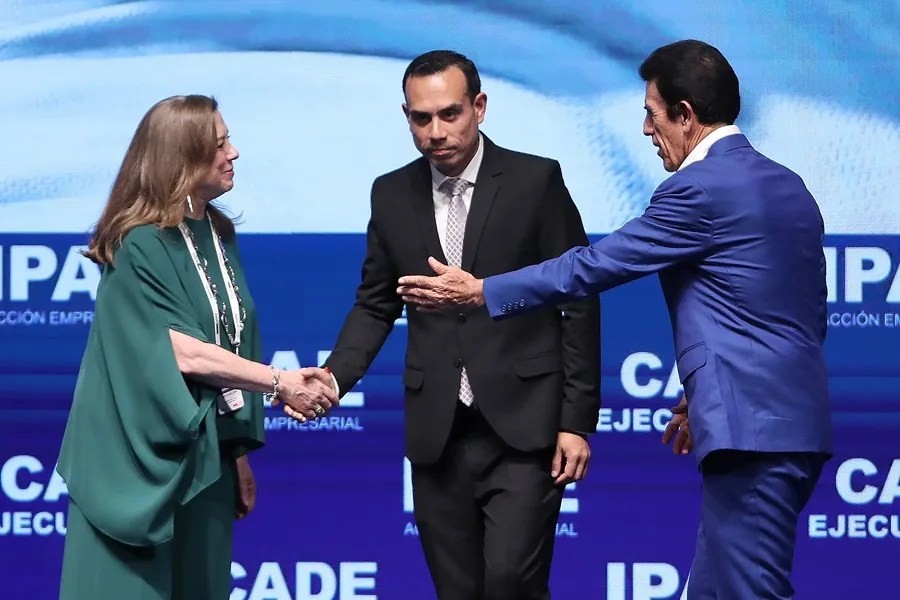Peru’s Interim Leader Promises Deregulation but Can the State Deliver for Investors?
Interim President José Jerí calls on business leaders to unite to build ‘the Peru of the future’ with a deregulated state, pledging to remove bureaucratic barriers—but doubts remain about political stability and follow-through.

At a critical moment when Peru faces mounting political uncertainty and economic challenges, interim President José Jerí stepped onto the stage at the 60th Annual Executive Conference (CADE Ejecutivos) in Lima with a message of unity and economic growth. He urged entrepreneurs to join him in building “the Peru of the future,” promising that the government will no longer be an obstacle but a facilitator for investment.
Can Peru’s Deregulatory Promises Turn Into Real Growth?
Jerí’s call comes amid rising concerns over governance after his ascent on October 10, following the ousting of Dina Boluarte. His speech framed this transitional period as a chance to restore tranquility, security, and growth ahead of the pivotal 2026 elections. But is this political shuffle merely cosmetic window dressing?
While Jerí highlights plans to cut bureaucratic red tape and decentralize budget allocations focused on security—a pressing issue—the lingering question is whether these promises will hold firm against entrenched corruption and institutional inertia. For American investors watching from afar, Peru’s touted macroeconomic stability—such as low credit risk and disciplined fiscal policies over 25 years—sounds reassuring. Yet those fundamentals cannot fully shield against sudden regulatory changes or social unrest that could imperil cross-border trade and investment.
Why True Reform Requires More Than Words
Jerí insists his administration won’t mortgage Peru’s future and aims to finalize existing infrastructure projects promptly. These efforts align with America First principles: supporting stable neighbors whose prosperity strengthens hemispheric security and free trade. But effective deregulation demands rigorous accountability mechanisms beyond verbal commitments.
The interim president also highlighted ongoing efforts toward expanding free trade agreements with nations like the Philippines and Thailand, signaling openness to deeper economic ties that can benefit regional markets—including U.S. interests seeking reliable partners outside globalist entanglements.
However, unless substantial reforms dismantle bureaucratic barriers decisively—rather than simply promising their removal—investors may remain wary. History shows that Latin American economies often encounter unpredictable policy swings during transitional governments, undermining confidence necessary for sustainable growth.
The bigger challenge remains ensuring transparent elections in 2026 and combating organized crime that feeds instability—a cause crucial not only for Peruvians but for Americans concerned with secure borders, lawful immigration flows, and disrupted supply chains arising from turmoil abroad.
Ultimately, Jerí’s appeal evokes hope but must contend with harsh realities: how long before political expediency overtakes reform? How soon will businesses see tangible improvements? And what safeguards exist to protect investments from arbitrary state interference?
